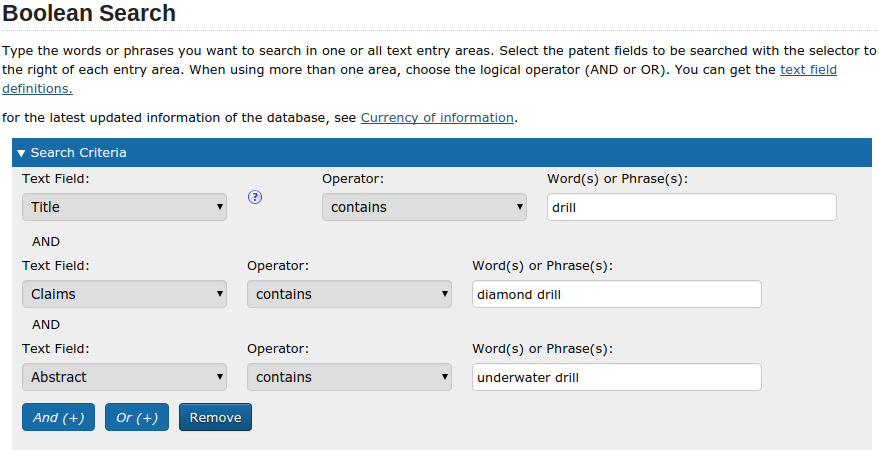A patent search can provide valuable insight into the patentability of an invention and can help to identify the inventive features of an invention. The results of a patent search can help a person determine whether or not they want to invest their time and money into a patent. Imagine spending a considerable amount of time building a product or service and then submitting the patent application to commercialize it effectively, and – your patent application is rejected. Reason? Because a similar patent already exists.
A good patent search can help you determine if similar inventions already exist. So, what are some tips for an effective patent search?
1) Look Beyond the Canadian Patent Database
You can start your patent search with the Canadian Patent Database, however, you should not restrict your search to it. US Patent Search and Google Patent Search are also two platforms which you can use. When your patent application is examined, the Examiner can look at any patent or patent application world wide. Simply reviewing the Canadian Patent Database will only provide details related to Canadian patents and applications. Expanding your search to other platforms gives two key advantages:
a. Your research is more thorough and you may come across a patent similar to your own from a different country.
b. From a business perspective, you may want to create a product that is novel and doesn’t exist on the market. During your extensive search, you may come across a similar one. This can impact your business plan.
2) Expand your Metadata Search
You may conduct a patent search based on the product name, or the type of product (in the Canadian Patent Database, it’s known as Basic Search). For a good patent search, you may wish to expand beyond that. Here is some other metadata you can search:
- Classification Codes
- Inventor’s Name
- Date of filing
- Patent owner
- Inventor Country
- Claims
3) Conduct A Boolean Search

A boolean search allows you to cross-link your search parameters so you can find more specific patterns.
Here’s an example:
Searching a patent database can be a very difficult task. In a month, there are between 2000 and 4000 patent applications filed and on an average, there are 36,000 patent applications per year. There are a massive number of patents and it’s nearly impossible to go through every single one of them to find patents that are similar to your own.
By inputting the right details, you can narrow down your patent search.
4) Review and Recheck
Speak to any experienced patent searcher and you will realize that a patent search is a process of constant repetition. You will never find all the relevant queries during a search. Using different terms can lead to a wide range of different results. It’s important to keep changing the parameters of your search to find a wide array of potentially applicable references.
5) Hire an Experienced Patent Searcher
This is the most effective way to improve the quality of your patent search. Searching can be an art and interpreting search results should be completed by a patent agent. A patent search can be invaluable when your product or business depends on whether a similar patent already exists or not. An experienced patent searcher has the experience, time and knowledge to conduct a thorough search and provide insight into the references found.
Next time you visit the Canadian Patent Database, use these tips to improve your patent search. Conducting a patent search, drafting a patent application and filing it can be challenging. At Prowse Chowne LLP, we offer our services to help make your job easier. You don’t want to make common mistakes made by inventors.

